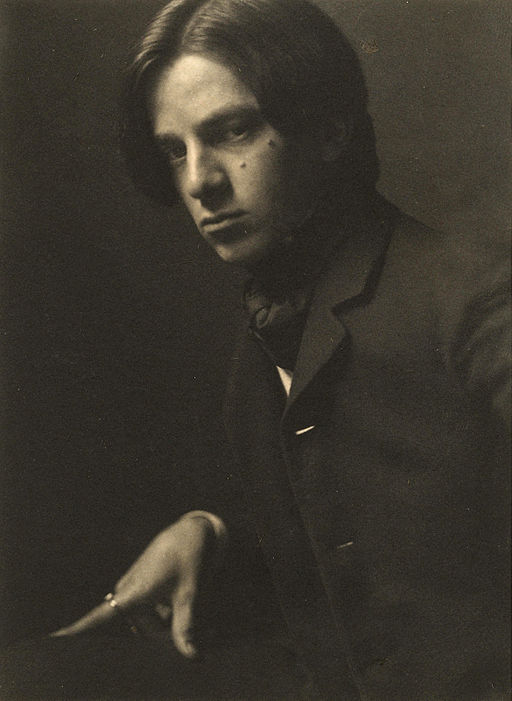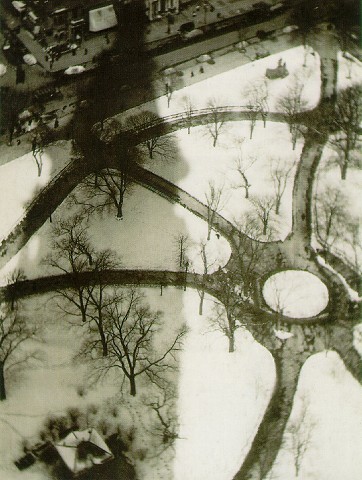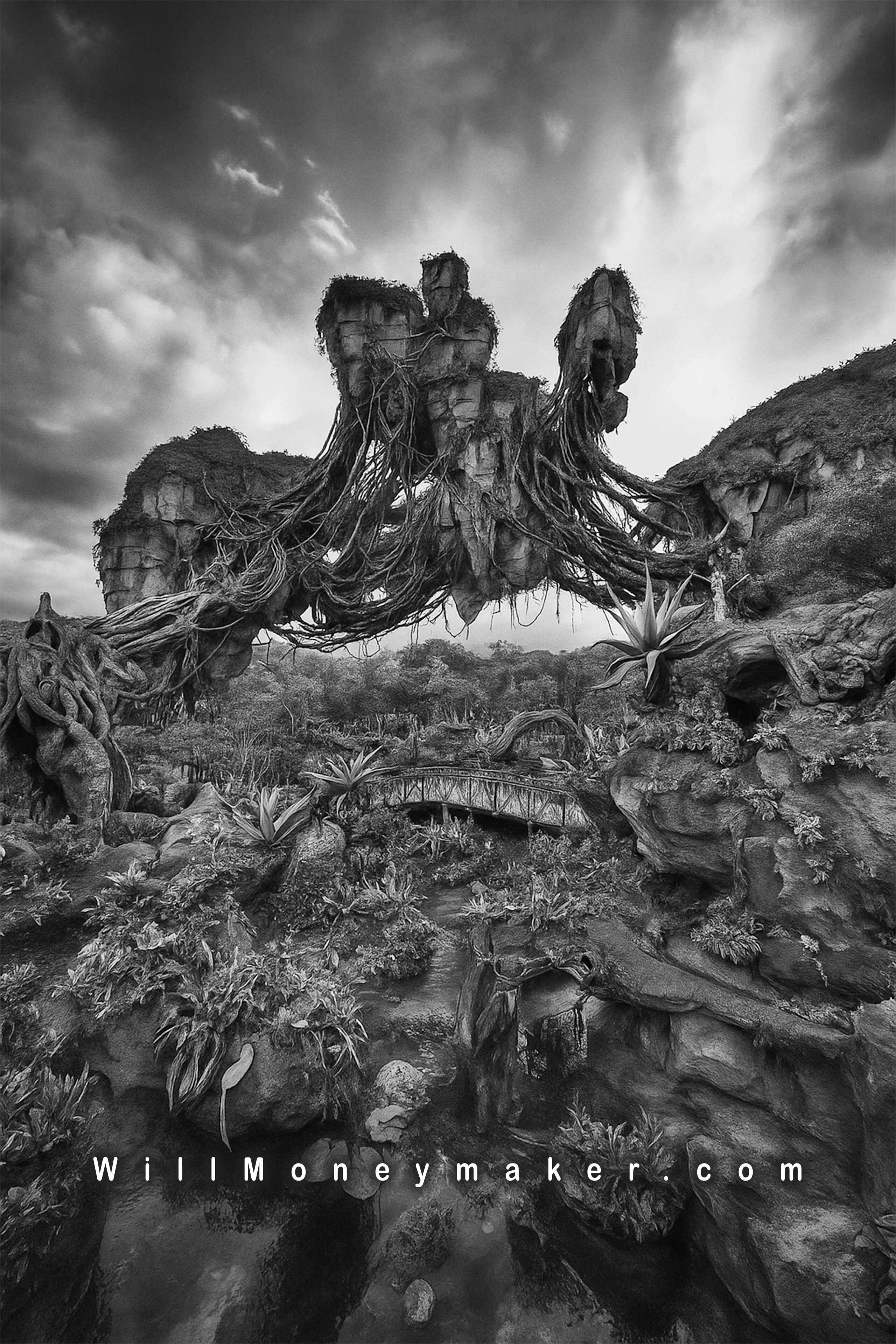In a previous post, I talked about the development of the photographer’s eye, and how it is used to create art. Finding subtle facets of a particular subject is no small feat, but with time and experience, you’ll gain a better understanding as to where you should start looking. One interesting way to create meaningful images is to look for things that suggest something else.
What is Pareidolia?
Pareidolia is a phenomenon that allows people to look at one thing and see something else. It’s why we can look at the full moon and see a smiling face, and it’s why we often see castles in the clouds. For photographers, pareidolia is an interesting and effective way to create something that invites our audience to look at our images a little more deeply.

To see what I mean, look at the works of Alvin Langdon Coburn. Coburn was a notable British photographer at the turn of the 20th century, and many of his most famous pieces used pareidolia to great effect. One of the best examples of his work is “The Octopus.” In this image, Coburn used a subject that would normally be mundane and uninteresting – pathways leading to a central point – make a comparison between the landscape before him and an octopus.
Using the Power of Suggestion
In order to use this technique successfully, you don’t need to search for blatant examples of pareidolia in real life. In fact, subtlety is often the more thought-provoking route. That’s where the power of suggestion comes in. As you’re searching for an image, look for ways to relate your subject to something else. That something else could be something similar to your subject, or it could be a completely contrasting idea.
Photographers make comparisons when they create images of power lines that suggest spider webs, or macro photographs of the veins in a tree leaf that bear resemblance to veins within the human body. The meaning of this type of image is easy to see: Life, in all of its forms, follows similar patterns.

When you use the power of suggestion to provide contrast, you’re giving your audience conflicting ideas to consider. A black and white image of ripples in wind-blown snow looks very similar to ripples in wind-blown sand dunes. The contrast in an image like this leads people to ponder the differences between these two ideas: a hot climate versus a cold one, sand instead of snow, and dry instead of wet.
The next time you’re on a photo walk, look around for examples of pareidolia and study your environment to find interesting elements that allude to something other than the physical object you’re photographing. The art in these types of images lies not in the fact that you discovered something that looks like something else, but more in the way your audience perceives the comparison you made. Use the power of suggestion to make your audience ponder the similarities or differences in the ideas you have presented as they study your photos.





